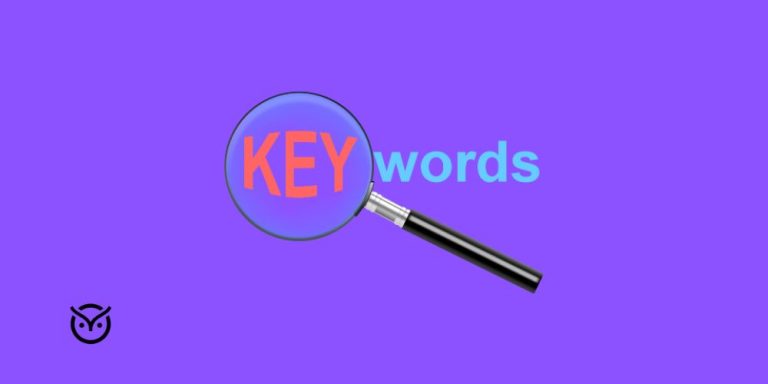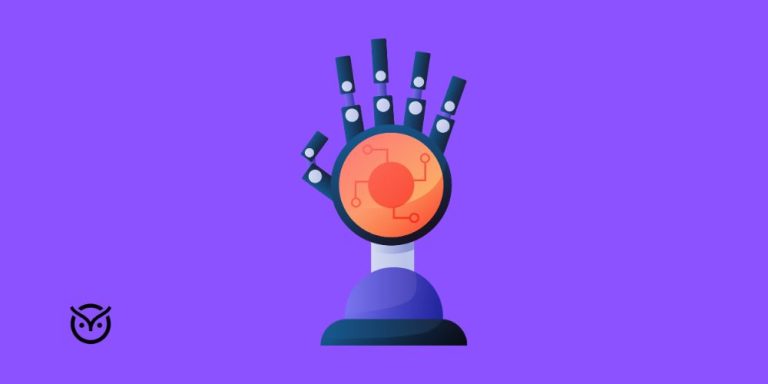Can AI Help to Write Job Descriptions That Attract Top Talent?

TL;DR
- AI speeds up writing job descriptions in minutes
- Improves inclusivity by flagging biased language
- Matches listings with ideal candidate profiles
- Ensures consistent tone and structure across roles
- Optimizes ads for SEO and readability
- Risks include bias, generic tone, and loss of human touch
- Best results come from combining AI output with human editing
Writing job descriptions that attract top talent is easier said than done. Are you using vague and biased language, along with a laundry list of unrealistic requirements? Well, you just made the mistake of pushing away the very people you’re trying to hire. Many hiring teams are now turning to technology, specifically, AI help to write job descriptions to improve their recruitment outcomes.
The good news is that AI can make job writing faster, more inclusive, and aligned with what today’s candidates are actually searching for. With tools like an AI job description generator or job description AI writer, companies can draft compelling, tailored listings in seconds, saving time and reaching the right talent more effectively.
Can AI Help to Write Job Descriptions? A New Landscape
AI is reshaping how we approach recruitment content. It’s not just about automating writing—it’s about writing smarter. Platforms powered by natural language processing and machine learning analyze thousands of job descriptions, resumes, and hiring outcomes to craft listings that perform better.
For example, an AI job description writer can recommend action-oriented verbs, suggest language that resonates with diverse talent pools, and even optimize the structure for readability. Some platforms also include a job description bullet points generator, helping employers highlight responsibilities and qualifications in an engaging way.
Benefits of Using AI for Job Descriptions
Using AI for job descriptions isn’t just about saving time. It can transform your entire hiring approach. Here’s how:
Speed & Efficiency
Need a job description fast? An AI job description generator can whip up a clean, customized listing in minutes. Perfect whether you’re filling one role or scaling a whole team without burning hours on admin.
Improved Inclusivity
AI tools often flag gender-biased or exclusionary language. An article by WeSolv stated that, companies like Atlassian use inclusive language in job descriptions, resulting in more applications from women and underrepresented communities by up to 25%.
Better Candidate Match
A resume job description generator aligns postings with real-world candidate profiles, reducing mismatch and improving applicant quality.
Consistency Across Roles
Whether you’re using a generator job description tool or a job duties and responsibilities generator AI, you’ll get consistent tone, formatting, and structure across all job ads—boosting your brand image.
Optimized for SEO and Readability
Tools like a job description bullet points generator ensure your listings are scannable, keyword-optimized, and applicant-friendly.
Limitations and Ethical Considerations
While AI offers benefits, it’s not a magic wand and is not free from challenges.
Bias in, Bias out
If the data used to train an AI system contains biased language or hiring outcomes, the AI may replicate those same biases. This is particularly important if you’re relying heavily on an AI for job description writing without human oversight.
Loss of Human Touch
Relying entirely on automation can strip job listings of the company’s unique voice. Even the best job description AI writer can’t fully capture your culture or team dynamics.
Over-Reliance on Automation
Tools like a job duties and responsibilities generator AI can produce generic content if not fine-tuned. You’ll still need a recruiter’s insight to customize listings for niche or high-level roles.
Privacy and Compliance Concerns
If your AI system pulls data from resumes or other candidate sources to generate content (like a resume job description generator might), you need to must comply with privacy laws like GDPR or CCPA.
Best Practices for Using AI to Write Job Descriptions
Using AI to write job descriptions will allow you to reach new heights. But to get the most out of it, you’ve got to use it right. Here are a few best practices to make sure the tech works for you, not against you.
Define Clear Job Requirements and Responsibilities
Solid info, that’s what the AI needs. Instead of saying software tasks, say develop scalable web applications. Be specific, get better output.
Incorporate Relevant Keywords
Utilize an AI job description generator to seamlessly integrate industry-specific keywords. This enhances search engine optimization (SEO) and ensures your listing reaches the appropriate audience.
Maintain Your Brand’s Voice
You can make AI write, but you can’t make it sound like you. Use it to draft content but the important thing is to tweak the tone, add personality, and reflect your company’s culture.
Ensure Clarity and Conciseness
AI tools can sometimes produce verbose content. Review and edit the output to eliminate redundancy and ensure the job description is straightforward and to the point.
Promote Inclusivity
Most tools now flag problematic language. Let AI do its thing, scan for gender-coded or exclusionary words, and then rewrite them for inclusivity.
Regularly Update Job Descriptions
Language and industry standards evolve. Continuously refresh your job descriptions to reflect current trends and terminologies, ensuring relevance and appeal.
Combine AI Efficiency with Human Insight
While AI offers efficiency, human oversight is crucial. Use AI-generated drafts as a foundation, then refine them to capture nuances and specifics that AI might overlook.
Conclusion
Using AI help to write job descriptions can save you time and sharpen your hiring game. But here’s the truth: tools don’t replace thinking. If you define clear responsibilities, drop in the right keywords, and ensure it still sounds like you, AI can help you write job posts that get real results.






